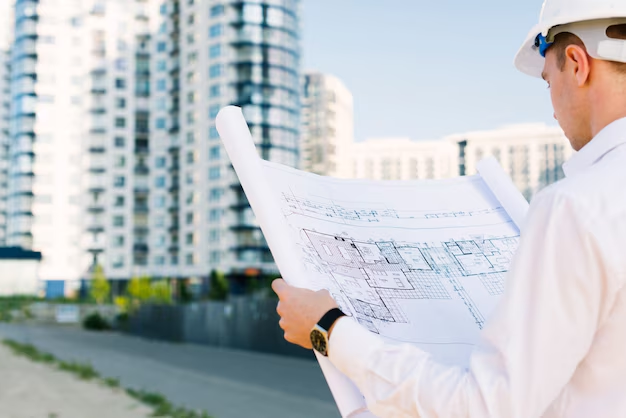Empowering clients through seamless construction documentation provided by agile remote architectural professionals.
Schematic Design Phase
Commencing with the Kick-Off for your project
Tailored planning based on client preferences
Code compliance
Collaboration drives success
Steady groundwork
Design Development Phase
The Design Development (DD) phase comes after schematic design in architectural building construction. In this stage, we develop the initial ideas with more precision and detail, preparing for the final set of construction documents.
Here’s an overview of the steps involved in design development:
Refining the Design
Cross-disciplinary Collaboration
Digging Deeper
Your Input
Cost Estimation
Construction Document Phase
The final and most important phase in architectural document production, the Construction Document Phase, turns the groundwork from earlier stages into a complete set of instructions for building your project.
Here’s a detailed look at our Construction Document Set:
Detailed Drawings
Development of Specifications
Collaboration with Multidisciplinary Teams
Client Review and Feedback
Effective Communication
Why Partner With Us?
Our distinct advantage is leveraging time zone differences to accelerate your project progress. As your remote design partner, we quickly align with your project requirements and begin work without delay. Our expert team, comprising highly trained engineers, is well-versed in U.S. construction and electrical codes, ensuring full compliance from the moment you entrust us with your tasks. Additionally, our experienced electrical designers have successfully managed projects of all sizes, making them perfectly equipped to handle your needs, no matter the complexity.
Frequently asked questions
Construction document management is vital for managing, storing, and sharing critical documents in a construction project, from plans to agreements. The process ensures that all stakeholders are in alignment.
BIM is critical in offering a digital representation of a project’s functional and physical qualities. Integrating 3D models with project data improves document management, coordination, accuracy, and visualization throughout the construction lifecycle.
We work with cloud-based document management systems that provide updates and real-time collaboration. To facilitate smooth project continuity, team members may monitor changes, view documents from any location, and ensure everyone uses the most recent versions.
Architectural drawings, structural plans, MEP (Mechanical, Electrical, Plumbing) layouts, specifications, permits, and compliance paperwork are just a few of our many construction documents. We aim to ensure that all documentation complies with regulatory standards and advances the project.


